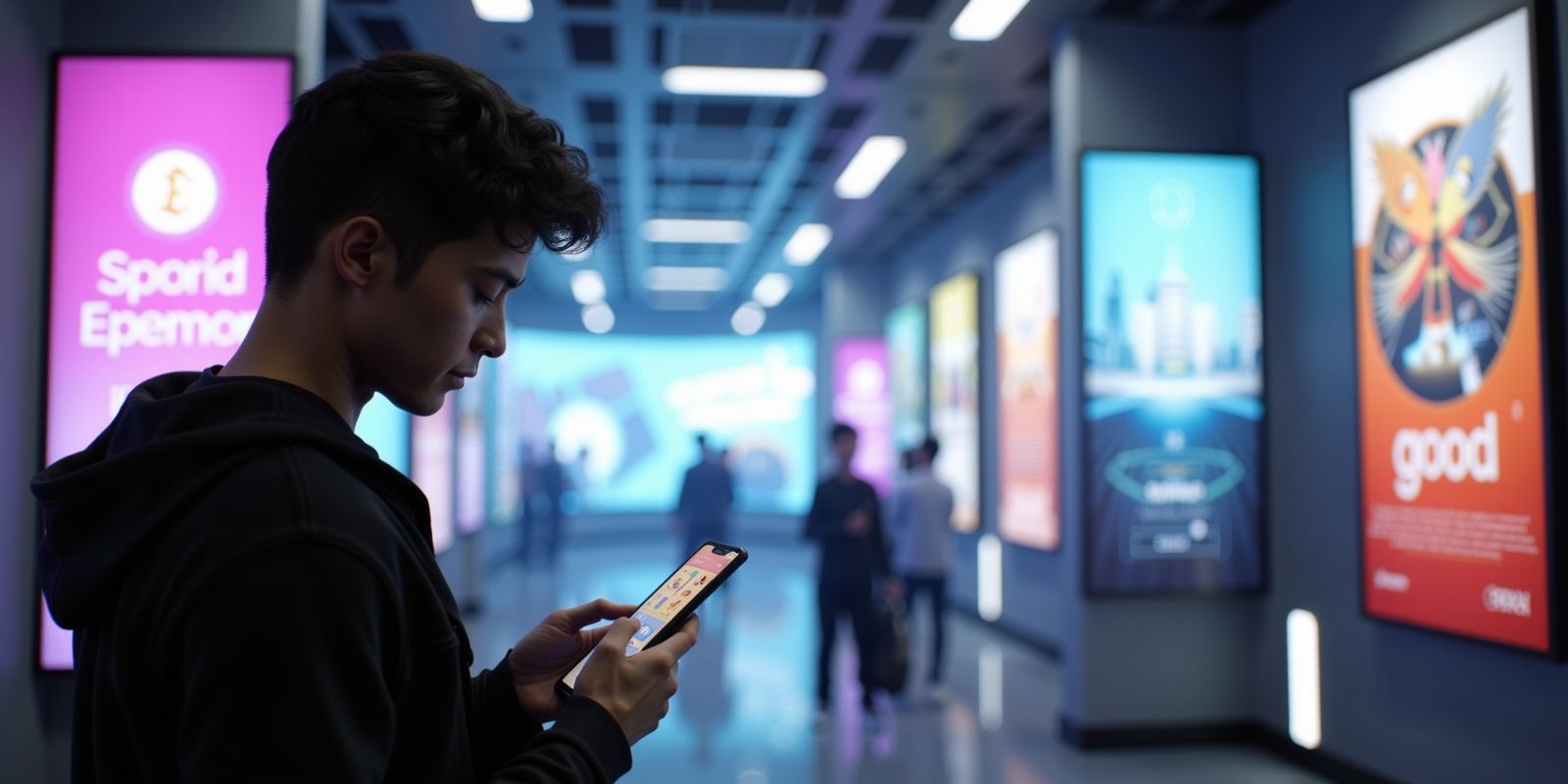As the digital landscape becomes more crowded, brands face increasing challenges in capturing and maintaining consumer attention. Traditional marketing strategies—while still effective to some extent—often struggle to engage a generation of consumers accustomed to interactive and dynamic content. Enter gamification: an approach that leverages the power of play to foster deeper brand interactions.
By integrating browser-based games into marketing strategies, brands can unlock new avenues of engagement. These games tap into consumers’ desire for entertainment, competition, and rewards, transforming passive brand experiences into active, memorable interactions. As attention spans shrink and digital content becomes oversaturated, gamification offers a proven way to stand out, capture attention, and build lasting emotional connections with audiences.

The Power of Gamification in Marketing
Gamification isn’t a new concept, but its application in marketing has taken on new relevance in today’s digital age. Games naturally appeal to people’s intrinsic desires for achievement, competition, and rewards. Whether it’s earning points, leveling up, or completing a challenge, games activate the same reward centers in our brains that lead to satisfaction and motivation. When brands incorporate these elements, they create a playful and engaging interaction that goes far beyond traditional content.
At its core, gamification is about turning a passive consumer into an active participant. Instead of simply viewing an ad, users engage with a brand in a meaningful way—whether through a quiz, a product challenge, or a multiplayer game. This level of engagement fosters stronger emotional connections, making consumers more likely to remember the brand and return to it.

Challenges in Modern Brand Engagement
In a world saturated with digital content, grabbing and holding someone’s attention has become a monumental task. With countless brands vying for the same audience, it’s easy for your message to get lost in the noise. Consumers are bombarded with ads, and many now instinctively ignore them or use ad blockers to avoid them altogether.
Beyond the competition, there’s also the problem of passive consumption. Traditional marketing—whether it’s display ads, pre-roll videos, or social media banners—relies on audiences to sit back and absorb the message. But with limited interactivity, these approaches fail to engage users on a deeper level. Consumers today crave more interactive and personalized experiences, and this is where passive forms of advertising fall short.

How Browser-Based Games Drive Deeper Engagement
This is where browser-based games shine. Unlike mobile games that require downloads or apps, browser-based games are instantly accessible on any device, without the need for installation. This frictionless experience ensures that users can dive directly into the game, instantly engaging with the brand without barriers.
Browser-based games also offer versatility. Powered by platforms like the RAVE Engine, these games can be seamlessly integrated into a brand’s website or campaign. Whether it’s a car-racing game that mirrors a brand’s product line, or an interactive quiz that educates users about services, the options are endless. Moreover, brands can tailor the gaming experience to fit their specific goals, whether that’s increasing dwell time on their website, driving conversions, or building brand loyalty.
The RAVE Engine takes this a step further by offering real-time 3D game development that runs directly in the browser. This allows brands to create rich, immersive experiences—such as virtual product demos, gamified customer journeys, or even multiplayer games—without the high costs and logistical hurdles associated with app-based games.

Case Studies: Successful Use of Gamification
Several brands have already demonstrated the power of gamification through successful marketing campaigns. Take, for instance, Volkswagen. By integrating browser-based racing games powered by the RAVE Engine, Volkswagen was able to engage users in a fun, interactive way that aligned with their brand’s values of innovation and performance.
Similarly, Universal Music Group embraced gamification by creating virtual fan experiences where users could participate in interactive environments, collect virtual items, and interact with artists in a gamified setting. This not only increased fan engagement but also strengthened brand loyalty by creating memorable experiences that resonated with their audience.
Another powerful example comes from DekaBank’s Career Day, where a virtual career event was gamified to encourage participation. Through engaging elements like quizzes and interactive challenges, attendees could explore career opportunities in a dynamic and engaging environment. This led to higher engagement levels compared to traditional online career events, demonstrating how gamification can enhance user interaction in even the most formal settings.
The Future of Gamification and Brand Interaction
The future of gamification in marketing is incredibly exciting, particularly as technologies like AI and Web 3.0 continue to evolve. AI-driven personalization is already making waves in how games adapt to individual users, creating unique experiences that cater to personal preferences. Imagine a game that tailors its rewards, levels, and challenges based on user behavior—this level of customization is already on the horizon.
Web 3.0, decentralized platforms, and blockchain integration will further expand the possibilities of gamified experiences. Brands will soon be able to incorporate elements like token-gated content, NFT rewards, and even decentralized gaming ecosystems that reward users for engaging with their brand. Augmented and virtual reality experiences will also push browser-based games into new territories, allowing consumers to immerse themselves in a brand’s world in ways previously unimaginable.

RAVE.SPACE is poised to lead this transformation. With its cutting-edge technology and the versatility of the RAVE Engine, the possibilities for creating engaging, immersive, and impactful brand experiences through gamification are limitless.
